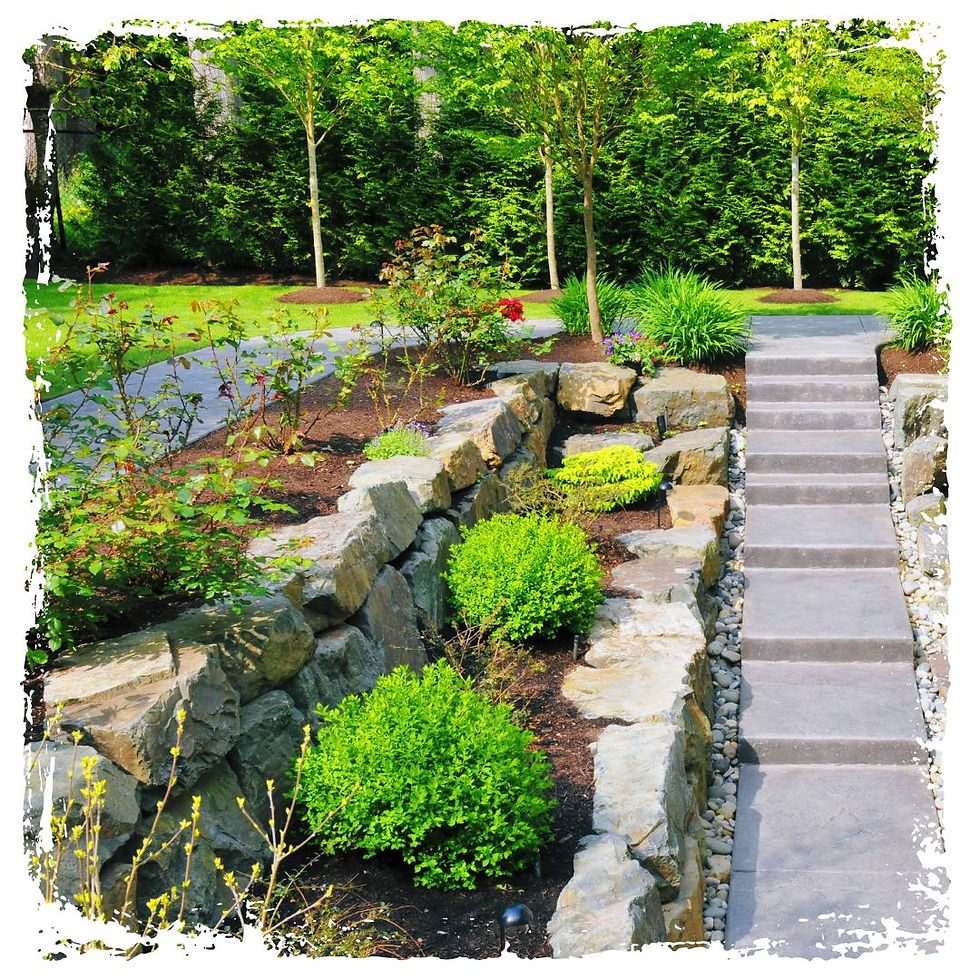WATER You Waiting For? It's Time to Optimize Your Home Sprinkler System
- melawncare
- Jul 27, 2023
- 2 min read
Now you can maintain the health and beauty of your lawn AND make sure that you’re using water in the most efficient way. Here are a few things to remember:
1. Design Matters
An efficient sprinkler system is designed to accommodate your yard's specific features - its shape, size, and plant types. The goal is to avoid overspray, where water falls on pavements, streets, or over-saturates the soil. The ideal system will cater to each plant's unique water needs, thereby promoting lush growth.
Consider installing a smart irrigation system that features adjustable sprinkler heads; they’ll help tailor the irrigation to your lawn's layout as they ensure every inch receives just the right amount of water.
2. Timely Irrigation
The timing of watering your lawn is crucial. To maximize absorption and minimize evaporation, water your lawn early in the morning, preferably before sunrise. If that's not feasible, choose late evening hours when the sun's heat is less intense. However, avoid night-time watering, as it may promote the growth of molds and fungi.
3. Deep and Infrequent Watering
This is particularly relevant advice for the Midwest, where the soils are often rich and clay compromised. Deep and infrequent watering encourages grass roots to grow deeper into the soil and seek moisture, which will make your lawn more drought-resistant and healthier. Aim for about one inch of water per week (including rainfall), which may translate to watering once or twice a week, depending on weather conditions.
4. Use Weather-Responsive Technology
Install a weather-based smart controller that adjusts watering based on local weather data. This remarkable device factors in rain, temperature, humidity, wind, solar radiation, and more…ensuring your lawn gets just what it needs.
5. Regular Maintenance and Adjustments
Over time, sprinkler heads may shift, break, or become clogged, deficiencies which can lead to water wastage; regular checks and maintenance can prevent this. During dry spells or periods of heavy rainfall, adjust your sprinkler system to avoid under or overwatering.
6. Soak and Cycle Method
The clay soils of the Midwest can be slow to absorb water. Using the proven 'soak and cycle' method can improve absorption and minimize run-off, breaking watering sessions into shorter cycles and allowing the water to soak into the soil before the next cycle begins.
7. Lawn Aeration
Aeration can significantly improve water absorption. Making small holes in the soil reduces run-off and allows water to penetrate deeper into the root zone, thereby promoting healthier and stronger growth.
8. Consider Lawn Alternatives or Xeriscaping
If water conservation is your top priority, consider lawn alternatives or xeriscaping. By choosing native, drought-resistant plants or a grass species with lower water needs, you can drastically reduce your yard’s water usage.
9. The Right Sprinkler Heads
The most efficient types of sprinkler heads can influence water efficiency. Rotating sprinkler heads, which deliver water slowly, allow for better soil absorption and reduce evaporation.
10. Leverage Rainwater
Consider collecting rainwater in barrels for watering your lawn. You’ll save significant amounts of water, especially during rainy periods in the Midwest.
By implementing these strategies, you'll be well on your way to having a lush and beautiful yard that’s also environmentally friendly. A proper sprinkler setup is an investment in both the aesthetic appeal of your home and in the future of our shared environment. Happy watering!




Comments